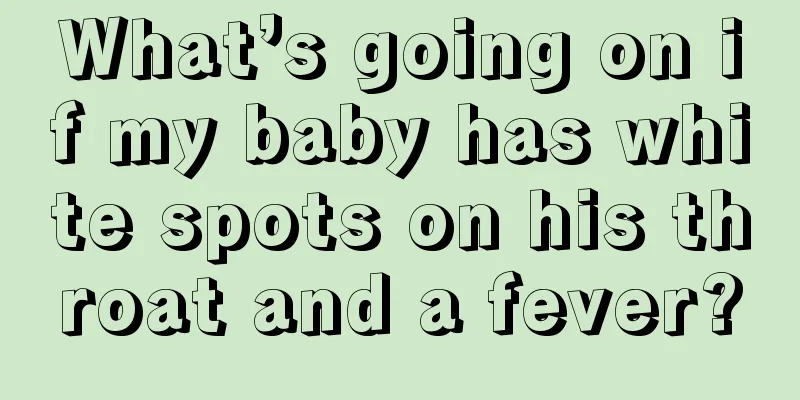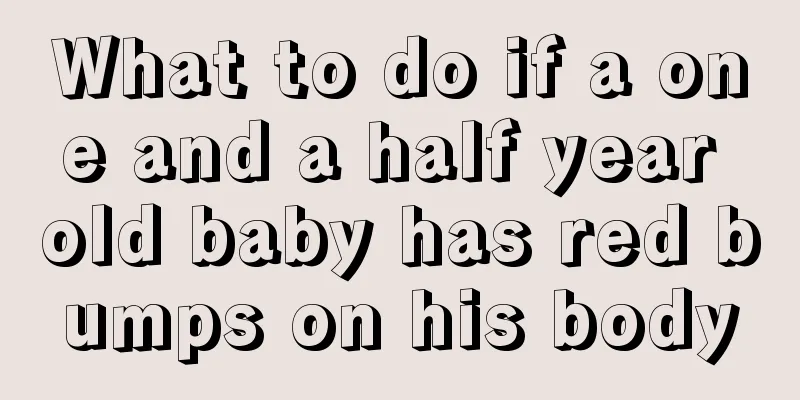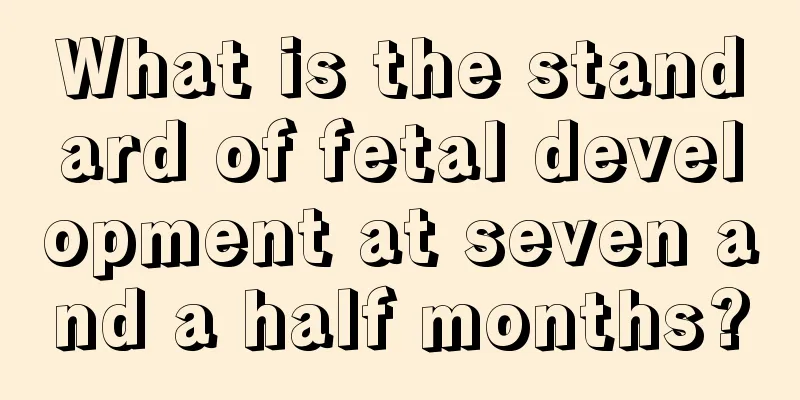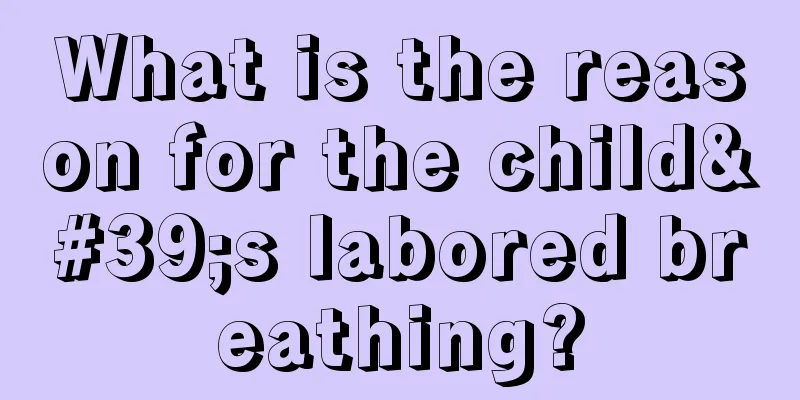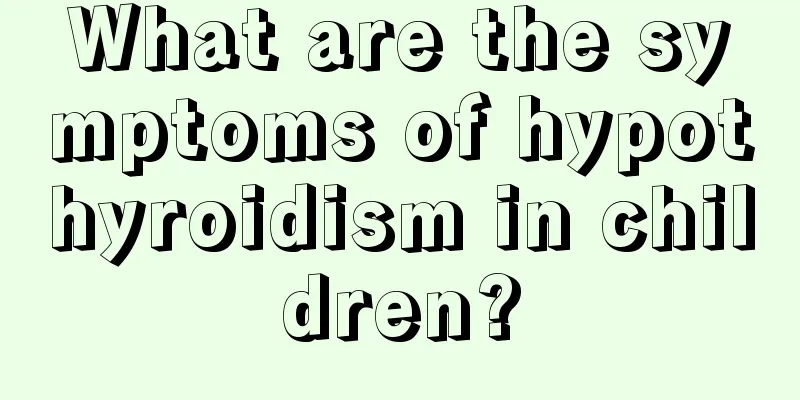What are the symptoms of cerebral palsy in infants?
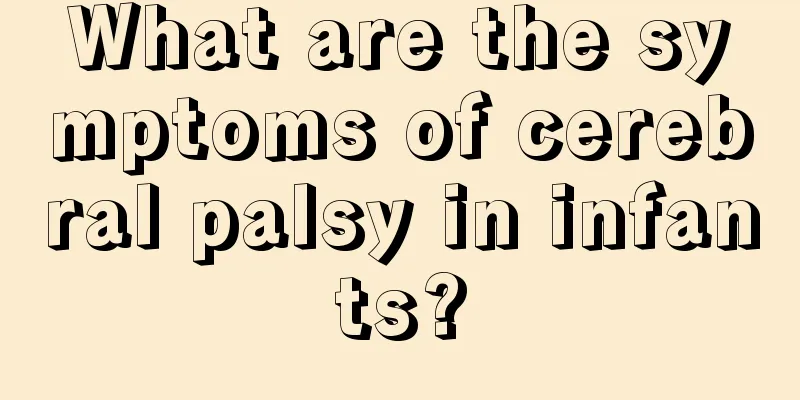
|
The main group of people who suffer from cerebral palsy are infants, and the incidence rate is quite high. For parents of children, it is very necessary to understand the symptoms of cerebral palsy in infants. So what are the symptoms of cerebral palsy in infants? Next, this article will introduce you to the relevant content of the symptoms of cerebral palsy in infants, for your reference only. Please see the detailed introduction below. Neonatal cerebral palsy refers to a disease in which the newborn suffers from brain parenchyma damage due to various reasons (such as infection, hemorrhage, trauma, etc.), resulting in non-progressive, central motor dysfunction and developing into paralysis. In severe cases, there are symptoms such as intellectual disability, limb convulsions, and visual, auditory, and language dysfunction. The main types include spastic type, mixed type, tonic type, ataxic type, etc. What are the symptoms of cerebral palsy in infants? The symptoms of cerebral palsy in infants are as follows: 1. Body weakness and decreased spontaneous movements are symptoms of hypotonia and can be seen in one month. If it persists for more than 4 months, it may be diagnosed as severe brain damage, mental retardation or muscle system disease. 2. The body becomes stiff. This is a symptom of hypertonia and can be seen in one month. If it persists for more than 4 months, it can be diagnosed as cerebral palsy. 3. Abnormal head circumference: Head circumference is an objective indicator of the morphological development of the brain. Children with brain damage often have abnormal head circumference. 4. Fixed posture: It is often caused by abnormal muscle tension due to brain damage, such as opisthotonos, frog position, inverted U-shaped posture, etc. It can be seen one month after birth. 5. Poor weight gain and inability to breastfeed. 6. Strabismus: If a 3-4 month old baby has strabismus and poor eye movement, it may indicate the presence of brain damage. The above is an introduction to the symptoms of cerebral palsy in infants. From the above introduction, we can understand that the symptoms of cerebral palsy in infants are very obvious. I believe that after understanding these contents, everyone can already distinguish the symptoms of cerebral palsy in infants very well. If a child shows the above symptoms, he or she may have cerebral palsy. At this time, you must take the child to the hospital for treatment in time so that the child can receive timely treatment. |
<<: Why do children's palms sweat?
>>: What should I do if my baby has blisters on his palms?
Recommend
How to treat hand, foot and mouth disease
I believe everyone is familiar with hand, foot an...
What is the reason why babies walk with their feet turned inward?
Nowadays, every family with a baby treasures the ...
Why do children have red eye bags?
The healthy growth of children is the focus of pa...
Can drinking red dates water prevent jaundice?
Babies who have just been born will develop jaund...
Methods for relieving cough and reducing phlegm in children
Children are the focus of every family's care...
What to do if children have recurrent tonsillitis and fever
Tonsillitis can occur in people of any age. Child...
What to do if a newborn baby has a red spot on his head
What is the reason for red spots on the head of a...
Is febrile seizure hereditary?
Nowadays, many families have only one child, so t...
How to treat ADHD
ADHD is a disease that will manifest itself in ch...
Children's herpes should be diagnosed through these symptoms
Pediatric herpes is a diverse disease. At the beg...
Vestibular dysplasia in children
If children have problems with their diet or life...
What to do if your baby has a thick nasal discharge or stuffy nose?
It is normal for babies to have a runny nose, but...
What to do if your child has allergic dermatitis
Every parent regards their child as the apple of ...
Are children allergic to bananas?
Normally, we often encounter allergies when eatin...
No umbilical cord pressure was found on the fetal neck
In order to ensure the health of the fetus after ...
